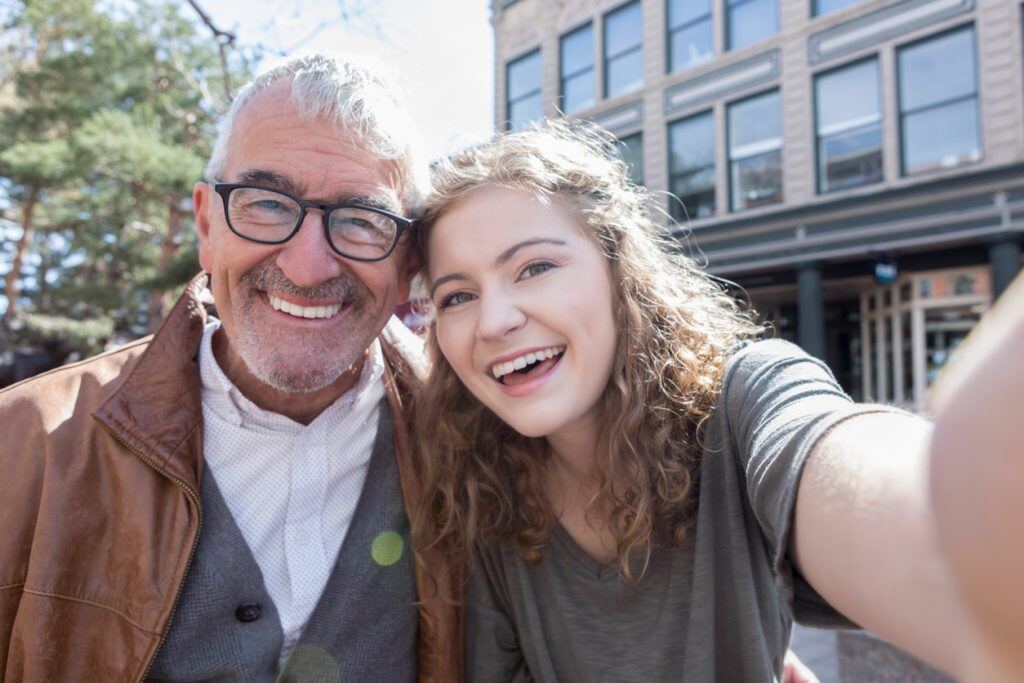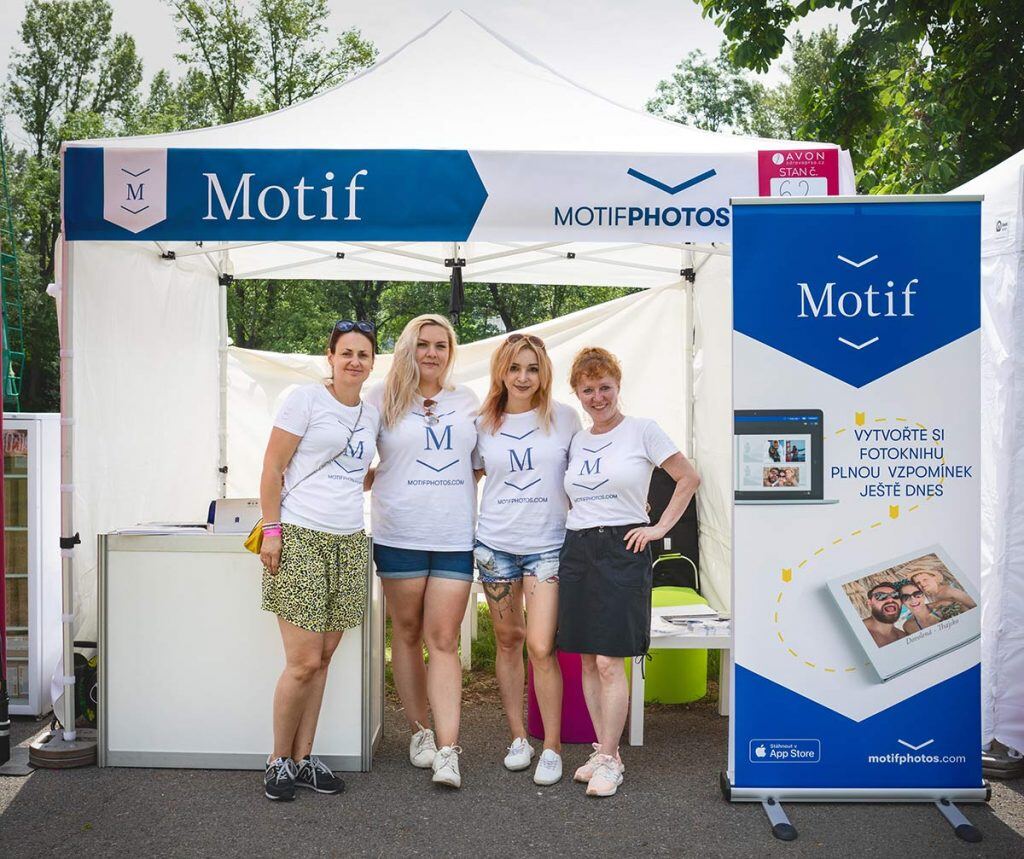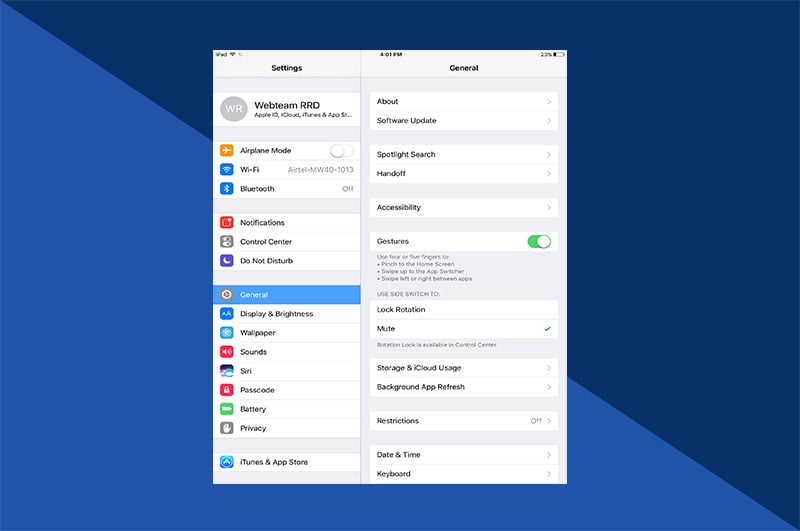Truth is, a great self-portrait involves many elements: light, angle, background, composition, post-process editing, and a fair amount of luck. Great selfie photographers simply refine these factors to their benefit. All it takes are a few simple tips and an eye to learn how to take the best selfies.
Sometimes it feels like selfies are the exclusive sovereignty of celebrities and Instagram influencers. They raise their arm, smartphone in hand, and snap the perfect shot. Every time. Without fail. How do they do it?
Lighting is key
Lighting is the most important element of any selfie. Good lighting adorns the scene, illuminates your personality, and compliments your skin tone.

The best selfie light is natural, so try to bathe yourself in soft, diffused sunlight. If you’re inside, capture light streaming through windows or bouncing off light-colored surfaces. If you’re outside, snap selfies in the warm hues of the golden hour.
A good practice is to face the light to brighten your smiling face. Backlit selfies can be tricky, but if done right, they create a wonderful sunburst or silhouette effect, so don’t fear experimentation.
Avoid harsh lights
If soft, natural light is best, the opposite is also true. Harsh light bleaches skin and paints shadows across the image. The midday sun and high-temperature artificial lights ruin good selfies.
If you’re indoors, turn off overhead lights and fluorescents. Instead, use lamps that spread warm, low-temperature light throughout the room. This light can be very complimentary when paired with the correct angle.
We recommend avoiding your flash, too. The sudden, harsh light produces a lot of image noise. If you’re like 99.3 percent of people, grainy doesn’t make for the most flattering filter.
With that said, night selfies may require a flash to prevent the image from being a study in black. If this is the case, keep your hand steady and give it a try. If you’re using a smartphone that doesn’t feature a front-facing flash, there are add-ons and apps that utilize the screen to illuminate the scene.
Find your angle
Straight-on selfies flatten features and make the subject (i.e., you) look like a cardboard cutout. By utilizing angles, you zest up the image.
Start by holding the camera up or to the side. Then tilt your head slightly and tuck your chin. The result is a sharper jawline and an interesting take on your profile. Conversely, shooting a selfie from below tends to widen your features.
For most people, the higher angle is very becoming, but everyone is different. Experiment to find your angle, and use it for most of your selfies.
Give a genuine smile

People are hardwired to spot counterfeit smiles, so prepare a genuine one for all your selfie needs. When it’s time to take the shot, think of something that makes you happy. It can be a great joke, a fond memory, or a pleasant image. Your facial features will reflexively match your state of mind. Think of this as a mental hack to produce a natural, pleasing smile.
Strike a pose
Again, straight-on selfies result in flat compositions. Give yourself dimensions by striking a pose. Turn your body. Place your arm on your hip or over your head. Have your hand touch your face slightly. Straighten your back for good posture. Angles entice and add a sense of dynamism.
Yes, some poses look silly in real life—who relaxes on a couch like that?—but they translate well to photos. If you learn to have fun with them, that sense of joy will translate too.
Try eye-catching compositions
You can get great shots by placing yourself center frame. No doubt. But don’t forget your many other selfie options.
Try using the rule of thirds. Imagine your image has two vertical lines and two horizontal lines running across it. Frame yourself at one of the intersections, and let the background fill the rest of the frame. This adds negative space to make for a more interesting composition.
Your selfies don’t have to be all about faces, either. Try compositions featuring your feet, your hands, or your eyes. It’s still you, so it technically counts.
Be conscious of your environment
Nothing ruins a selfie like a cluttered, messy background. You want people to notice you, not the piles of laundry behind you.
Be conscious of your surroundings and how they enhance or hinder your composition. Simple backgrounds (think the ocean) and complex backgrounds (a whole harbor) work well for selfies. If you need to remove an element, the cropping tool is your BFF.
Take lots of selfies
And by lots of selfies, we mean a lot of selfies. Things can go wrong, and you don’t want that one shot ruined by a stray hair, unnoticed photobomber, or poorly timed itch. By shooting a lot of selfies, you’ll have options for your photo book or when it comes time to post your favorites.
Use filters
Filters make good selfies great by helping the colors pop. If you’re on Instagram, Clarendon will brighten highlights while darkening those shadows, making it a good all-around choice for selfies. Meanwhile, Valencia increases exposures and warms colors to enhance those golden-hour selfies. Lark adds vibrancy to landscapes for those rule-of-third shots. And of course, there’s always the classic black and white.
Start by experimenting with all the available filters to get a feel for them. Soon you’ll recognize your favorites based on how you selfie your selfies.
Post-process editing
Edit with a deft hand. You want to brighten colors and warm skin tones, but don’t go overboard and accidentally over or underexpose your shots.
Any exceptions? Of course! If you have an artistic goal in mind, edit as needed. There’s no rule saying you can’t edit for a comic book or Andy Warhol-inspired color scheme.
Try the timer
Holding the camera at the perfect angle can be difficult, especially if you have to extend your arm fully. Add to this smiling, posing, and hitting the shutter button, and a great selfie can feel like a contortionist act.
Try using the timer. Not having to hit the shutter button means one less thing to focus on. It also helps you keep your camera or phone steady, which will reduce blur.
Selfie stick: useful or useless?
It’s up to you. A selfie stick’s purpose is to add distance between you and the lens. This allows you to get angles and compositions that you won’t be able to otherwise—for example, allowing you to include more negative space.
They do not, however, help with stabilizing the camera. If you need help reducing shake, consider a tripod or adding grips to your phone’s case instead.
Share your selfies
Learning to snap great selfies can enrich your photography experience and open up many composition options. But don’t just leave your selfies on your hard drive or Instagram feed. Share them with the people you love.
With Motif, you can use your selfies to make personalized invitations to your next big event. Create a calendar to remember the great times. Or have all your friends send you their selfies and craft a yearbook of all the events you attended this year.

With more than 20,000 people snapping selfies, just imagine the memories being created alongside the drive to save lives. It was truly inspiring.

Such as the AVON The Walks for breast cancer awareness in Prague. Motif attended the event this June and joined an urban tide of pink shirts marching from the Old Town Square toward the island of Štvanice. There we revelled in the city’s spirit and took some wonderful photographs at the afternoon program. We met survivors sharing their experiences, mothers and daughters supporting each other, and many others who just wanted to be there for their community.
Like the AVON The Walks for breast cancer awareness, selfies are about far more than the self.











